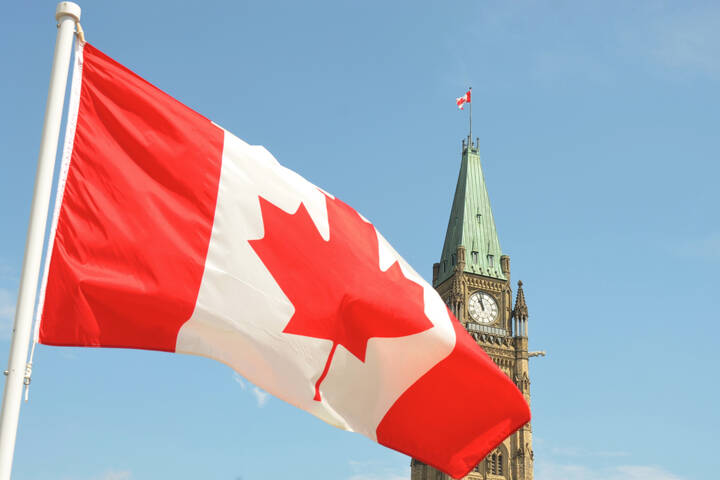
This is when and how to self-isolate in Canada from coronavirus
When and how to self isolate in Canada is important info to know as the coronavirus (COVID-19) continues to spread across Canada and the globe. Public health officials have been urging people to take precautions.
“It is crucial that individuals follow quarantine and self-isolation recommendations properly to prevent transmission of COVID-19 to others in the home setting or in the community,” the Public Health Agency of Canada (PHAC) states on its website.
But with all the information circulating it's hard to know what to listen to or which advice to follow, especially when it comes to self-isolation.
How do you know if you should self-isolate or just self-monitor?
According to the latest information from the Government of Canada, you should self-monitor if you have no symptoms but a reason to believe you may have been exposed to the virus. (Everyone should probably be doing this.)
But if you have travelled outside of Canada in the last 14 days or your Public Health Authority has identified you as a "close contact of someone diagnosed with COVID-19", you must self-isolate, even if you don't have symptoms.
You should also self-isolate if you are experiencing symptoms, no matter how minor. Also if you have been diagnosed with COVID-19 or are waiting for test results.
Now, if you do meet the above criteria for self-isolation, there's some key things you should be doing to ensure you're practicing safe self-isolation.
How to practice safe self-isolation
Self-isolation requires two basic things: staying home and limiting contact with others. But there are some other things you can do while self-isolating to reduce the risk of infection.
Proper hygiene is key and hand washing, according to PHAC, is the best way to protect yourself.
Health Canada recommends you wash your hands frequently for at least 20 seconds or use alcohol-based hand sanitizer if soap and water aren't available.
Some other sound advice gathered from various sources such as Health Canada, the World Health Organization and the Center for Disease Control include:
- Don't share utensils, glasses etc.
- Cough or sneeze into your elbow or a tissue.
- Avoid touching your face (not easy, but do your best).
- Clean things you touch all the time like TV remotes, door knobs, electronics, toys, toilets, sinks etc. with regular household cleaners or diluted bleach (1 part bleach to 9 parts water).
- Wipe down frequently used surfaces and clean the bathroom regularly.
- If you or someone in your home is sick try to keep everything separate – even things like garbage should be kept separate.
- Have supplies delivered to your home, rather than running errands
- Don't have visitors over
As for masks, only use them if you are experiencing symptoms or are living with someone who is infected.
Health Canada also suggests that if you are self-isolating and must leave your home wear a mask and keep a 2-meter distance from others.
Latest Videos
Join the conversation Load comments







